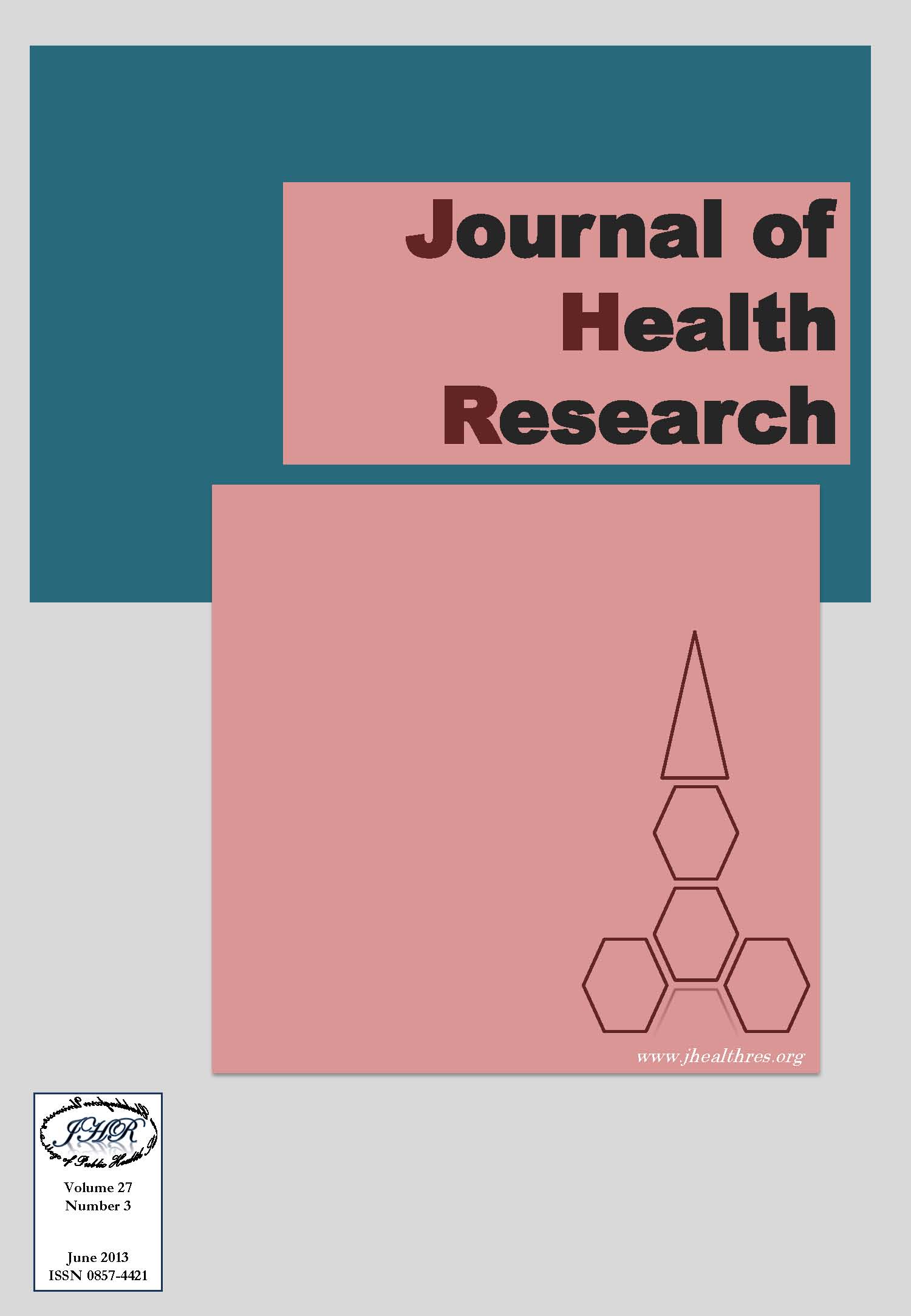Situation Analysis of High-Cost Dental Prosthetic Service Provision for Patients with Total Tooth Loss by Community Hospitals in Northern Thailand in Fiscal Year 2010
Keywords:
High-cost dental service, Complete denture, Community hospital, Labor productivity analysisAbstract
This cross-sectional study was undertaken to determine recent delivery extent and related operating expenditure of high-cost complete denture service at community hospital level in northern Thailand in fiscal year 2010. Labor productivity analysis was also undertaken to provide performance measurement of dentists in delivering this service and to compare such measures across different dental units in this region. Data; including hospital size, number of dentists in each dental unit, and level of ruralness; were obtained from Bureau of Dental Health, Ministry of Public Health. Other data of high-cost complete denture service recipients and value of service reimbursement were acquired from Bureau of Claim Administration, National Health Security Office. Parameters were statistically analyzed with SPSS statistical package. Descriptive statistics were used to generally describe characteristics observed in study variables. Labor productivity ratio was calculated for each dental unit simply by dividing number of high-cost complete denture service recipients with its number of affiliated dentists. The labor productivity analysis was undertaken to determine amount of service output yielded per unit of labor input. To explore whether relationship between labor input and service output conform the economic law of diminishing marginal returns, graphical plot of box-and-whisker diagram and correlation coefficient of these variables were also determined. Statistical significance was considered when P value was less than 0.05. All 92 community hospitals in this region were included in analysis. There were 86 hospitals delivered the service through this program while the other 6 hospitals did not. In total, the program has served up to 2,486 edentulous patients in this region with related service reimbursement of 9,293,072 THBs. Relationship between numbers of dentists and number of service recipients was consistent with economic law of diminishing marginal returns. Correlation between these two variables was indicated by Spearman rank correlation coefficient of 0.512 (p < 0.001). Median labor productivity ratios were found greater among small- and medium-sized hospitals. Hospitals with exceptionally high labor productivity ratios were those small-sized hospitals in urban-like areas. Finding in this situation analysis would be useful for service delivery planning in terms of service burden anticipation and budget estimation. Optimal allocation of dentists would be an issue of consideration to improve service productivity.







